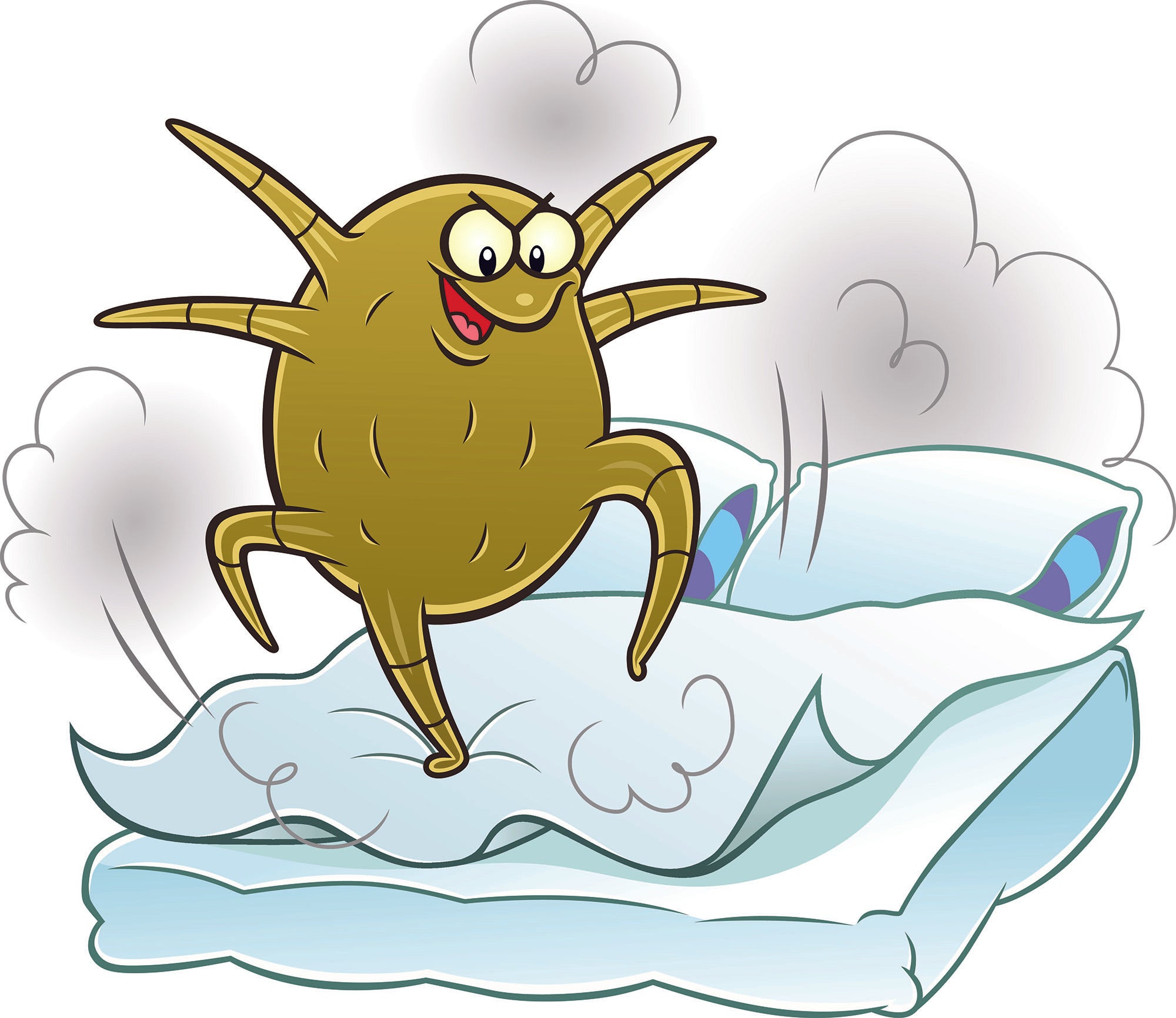Have you been using the same mattress all your life and have never attempted to give it a thorough cleanse? If your answer is yes, then you’re in here for a surprise.
Just because you wash and change your pearly white bedsheets and linen often doesn’t mean your bed is clean. The truth is that the mattress lying under your bed sheet can be one of the dirtiest objects in your room. This fact gets significantly harder to swallow when you know that you spend about a third of your life sleeping in it.
This article will reveal the things and substances you probably didn’t know are lurking in your mattress.
Dust Mites
We, as humans, shed approximately half a billion skin cells in 24 hours to make more room for newer cell growth. If you do the math, this means that in one minute, you slough off about 30,000 to 40,000 dead skin cells.
As we spend about 8 hours daily sleeping, the amount of dead skin cells accumulated in the mattress from just one night is far beyond imagination. On average, any mattress that doesn’t have a proper mattress cleaning routine can contain up to 10 million dust mites.
While shedding dead skin is a natural process and has no direct impact on health, they can create the ideal environment for dust mites to grow and thrive rapidly, giving them the required nutrients.
It is found that a single dust mite can produce up to 20 waste droppings a day, and they are so tiny and lightweight that they can become airborne. These feces also carry enzymes and allergenic proteins, which due to chronic exposure, can lead to detrimental health impacts such as asthma or allergies.
Bacteria
Skin, oral, intestinal, fecal, and genital bacteria, including those from your sweat and saliva, can seep into the mattress, causing health hazards. In fact, humans produce up to 26 gallons of sweat in bed per year. This, paired with body heat from sleeping, can provide a favorable environment for both fungi and bacteria to grow.
Even crumbs or liquid spills can provide just the right nutrition for bacteria and other microorganisms to feed and breed on. A study conducted by the University of North Carolina found that a chimpanzee’s nest harbors far less bacteria than a human’s bed, indicating that the amount of bacteria lurking in your bed isn’t just appalling on its own.
Fungi
The ideal combination of temperature and moisture level can transform your mattress into the perfect breeding ground for fungi growth. On average, mattresses can be populated with 4-17 different species of Fungi. When inhaled routinely, it can lead to health implications such as weakened immune systems, asthma, infection, rashes, etc.
Harsh Chemicals
Lotions, creams, makeup, and hair products can leak chemicals from a person’s skin or hair into the mattress. Similarly, our bodies can release volatile organic compounds (VOCs) from our mattresses. Even finishing agents from the mattress, bedsheets, and other bed covers can release chemicals that cause potential health hazards for adults, especially for kids and older people.
Pet Dander
If you have a habit of sharing your bed with your pets, then most likely, your bed has pet hair and dander. Dust mites can feed on them and multiply in your bed, and in some cases, fleas and ticks can also jump from the fur and make their way to your mattress.



